

Sofia
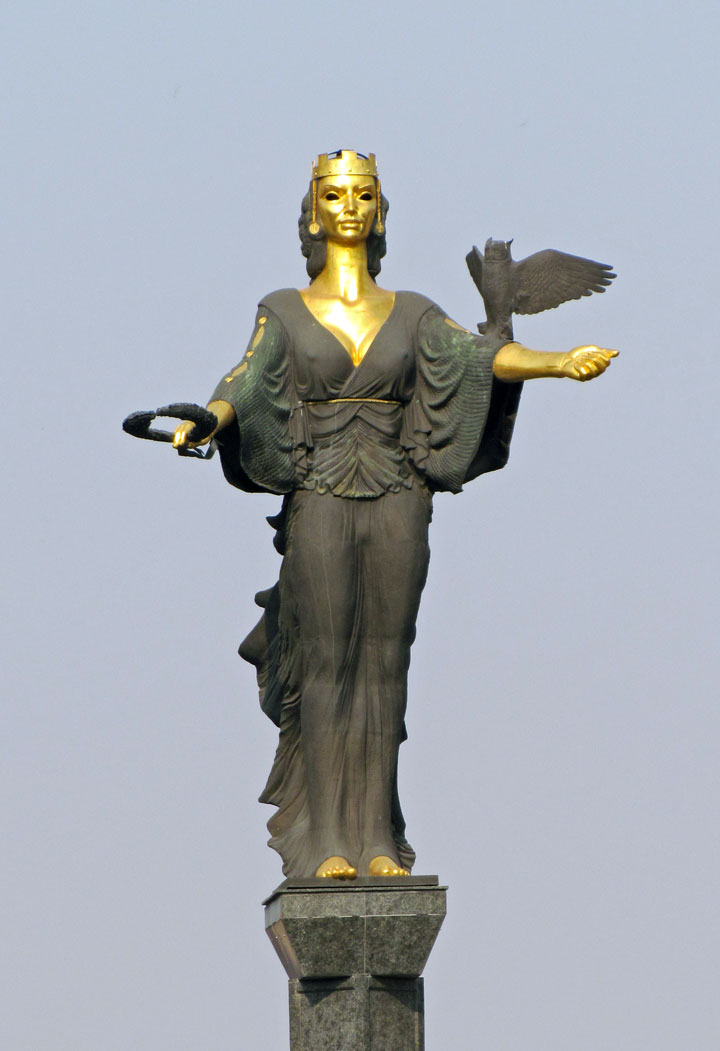
Sofia
Sofia (Bulgarian: София, Sofiya, is the capital and largest city of Bulgaria and the 12th largest city in the European Union with a population of 1.27 million people. It is located in western Bulgaria, at the foot of Mount Vitosha and is ranked as a Beta- world city.

the square in front of the National Palace of Culture
Prehistoric settlements were excavated in the centre of the present city, near the royal palace, as well as in outer districts such as Slatina and Obelya. The well-preserved town walls (especially their substructures) from antiquity date back before the 7th century BC, when Thracians established their city next to the most important and highly respected mineral spring, still functioning today. Sofia has had several names in the different periods of its existence, and remnants from the city's past can still be seen today alongside modern landmarks.
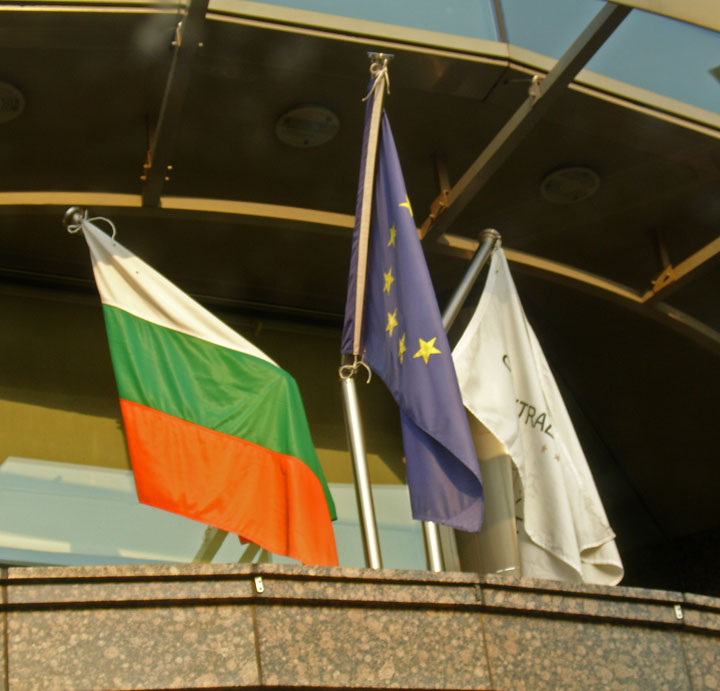
Bulgaria, a member of the European Union
Sofia was originally a Thracian settlement called Serdica, or Sardica, possibly named after the Celtic tribe Serdi. For a short period during the 4th century BC, the city was ruled by Philip of Macedon and his son Alexander the Great.
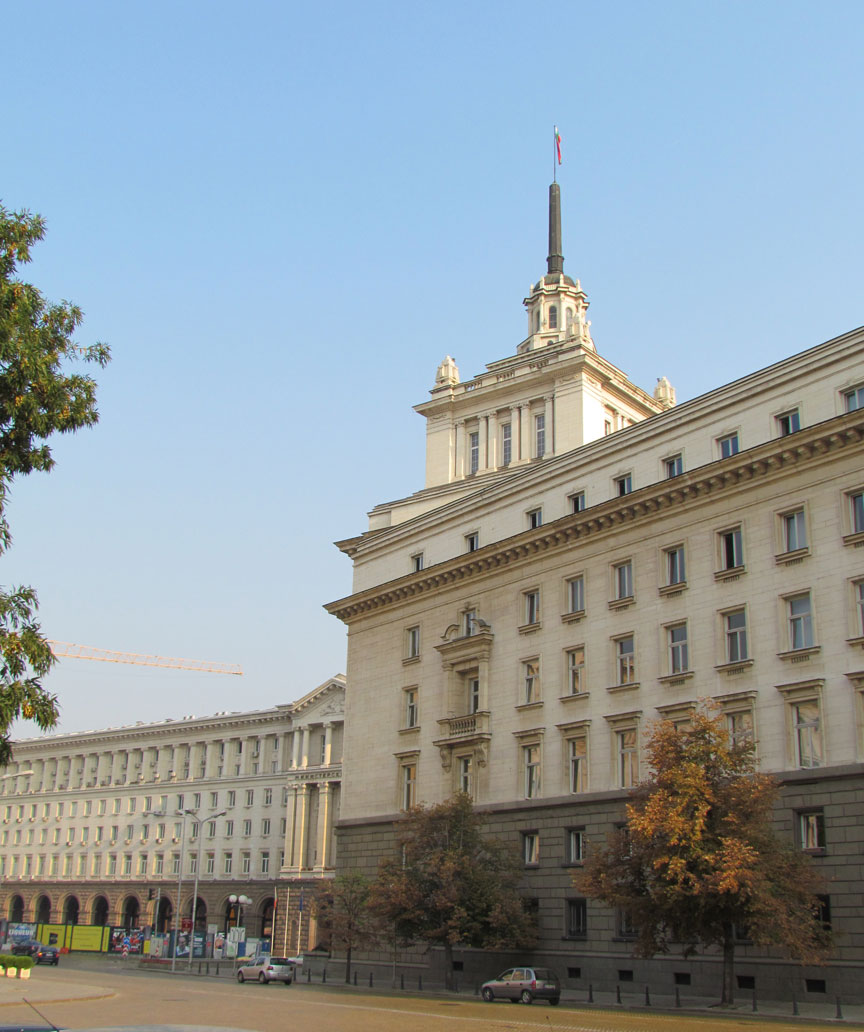
Party House

built to house the Central Committee of the Bulgarian Communist Party
Around BC 29, Serdica was conquered by the Romans. It became a municipium, or centre of an administrative region, during the reign of Emperor Trajan (98117) and was renamed Ulpia Serdica.
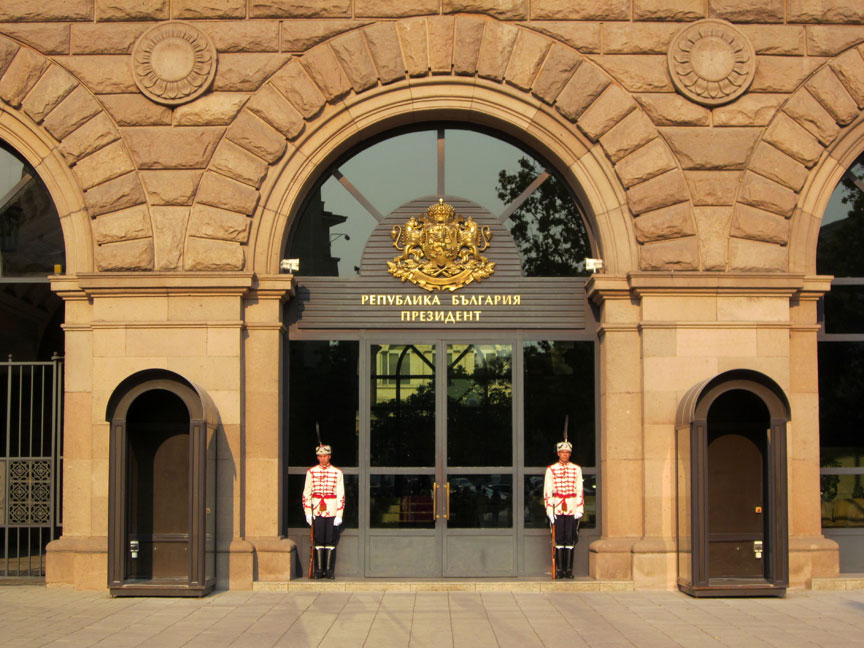
The Presidency
It seems that the first written mention of Serdica was made by Ptolemy (around 100 AD). Serdica (Sardica) expanded, as turrets, protective walls, public baths, administrative and cult buildings, a civic basilica, an amphitheatre the City Council (Boulé), a large Forum, a big Circus (Theatre), etc. were built.
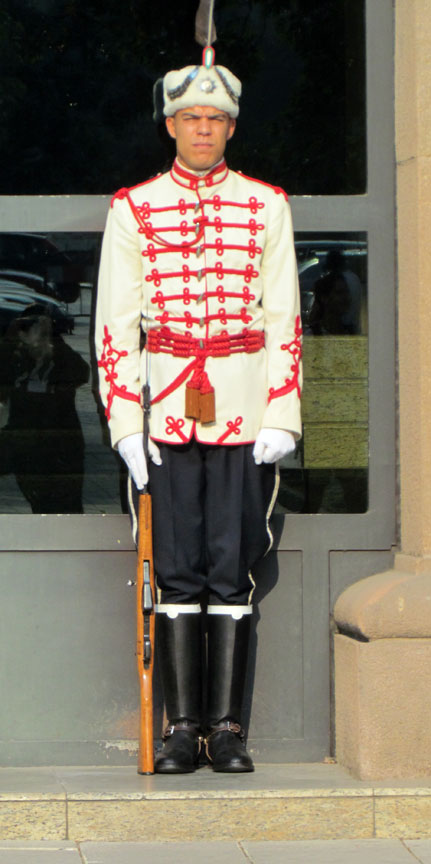
honor guard
When Emperor Diocletian divided the province of Dacia into Dacia Ripensis (at the banks of the Danube) and Dacia Mediterranea, Serdica became the capital of Dacia Mediterranea.

National Assembly

The city subsequently expanded for a century and a half, it became a significant
political and economical centre, moreso it became one of the first Roman
cities where Christianity was recognized as an official religion (Еmperor
Galerius). So it was only very natural that Constantine the Great called Serdica
(Sardica) "My Rome".
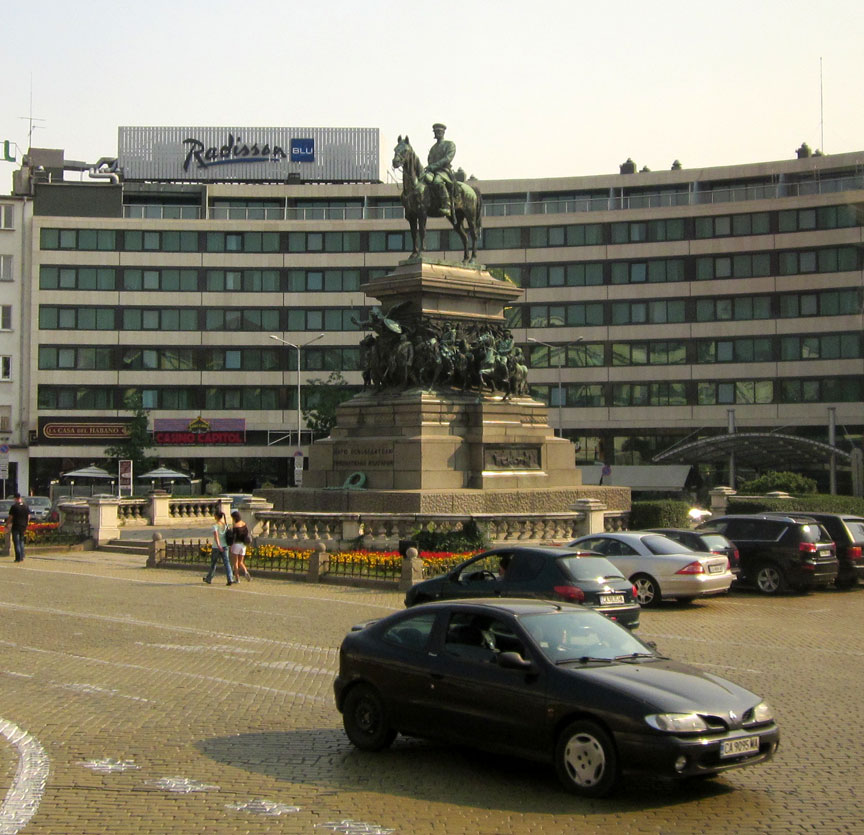
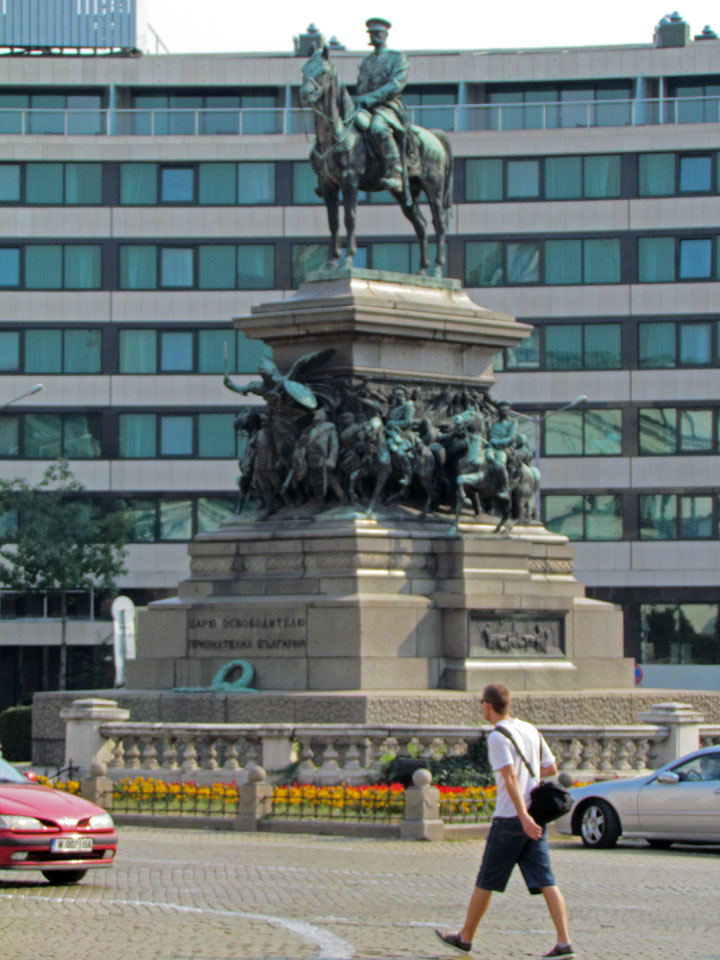
Monument to the Liberators - 1878
Alexander II of Russia on horseback
In 343 AD, the Council of Sardica was held in the city, in a church located where the current 6th century Church of Saint Sofia was later built. Serdica was of moderate size, but magnificent as an urban concept of urban planning and architecture, with abundant amusements and an active social life.
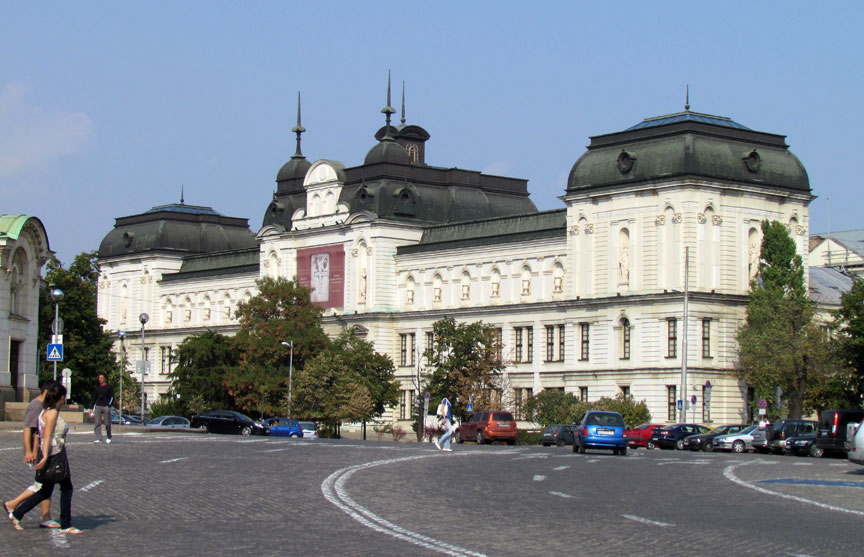
National Gallery of Foreign Art
The city was destroyed in the 447 invasion of the Huns. It was rebuilt by Byzantine Emperor Justinian I and for a while called Triaditsa or Sredets by the slavonic tribes. During the reign of Justinian it flourished, being surrounded with great fortress walls whose remnants can still be seen today.
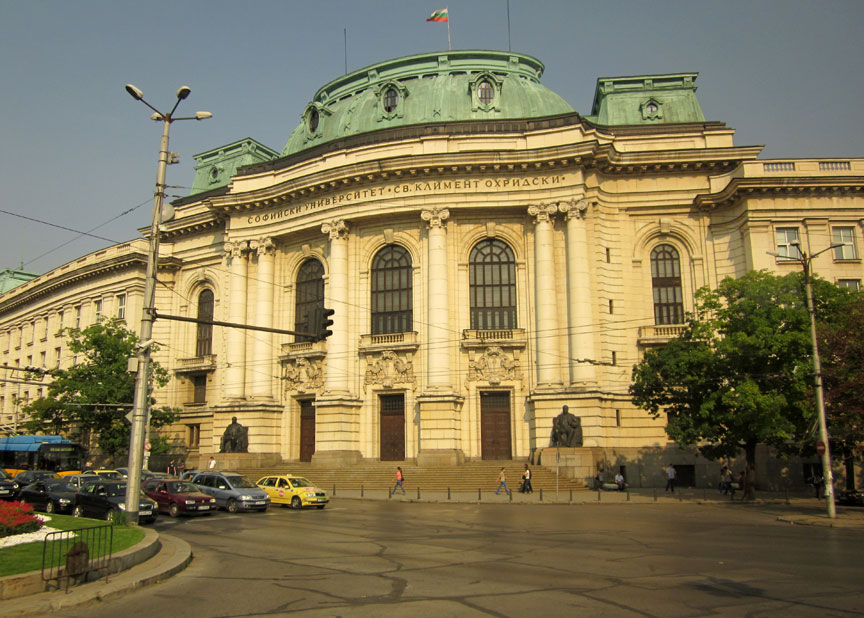
Sofia first became part of the First Bulgarian Empire during the reign of Khan
Krum in 809, after a long siege. Afterwards, it was known by the Bulgarian name
"Sredets" and grew into an important fortress and administrative centre. After
the fall of North-eastern Bulgaria under John I Tzimiskes' armies in 971, the
Bulgarian Patriarch Damyan chose Sofia for his seat in the next year. After a
number of unsuccessful sieges, the city fell to the Byzantine Empire in 1018,
but once again was incorporated into the restored Bulgarian Empire at the time
of Tsar Ivan Asen I.

trolley transportation
From the 12th to the 14th century, Sofia was a thriving center of trade and crafts. It is possible that it had been called by the common population Sofia (meaning "wisdom" in Ancient Greek) about 1376 after the Church of St. Sofia. However, in different testimonies it was called both "Sofia" and "Sredets" until the end of the 19th century. In 1382, Sofia (Turkish: Sofya) was seized by the Ottoman Empire in the course of the Bulgarian-Ottoman Wars after a long siege the city was captured with treason. The new name "Sofia" replaced the old one ("Sredets"), after the liberation of the city from Turkish rule in 1878. Quite some time after 1878 there was a strong will, expressed by Bulgarian committees, to keep the name Sredets, but the Russian administration accepted Sofia.
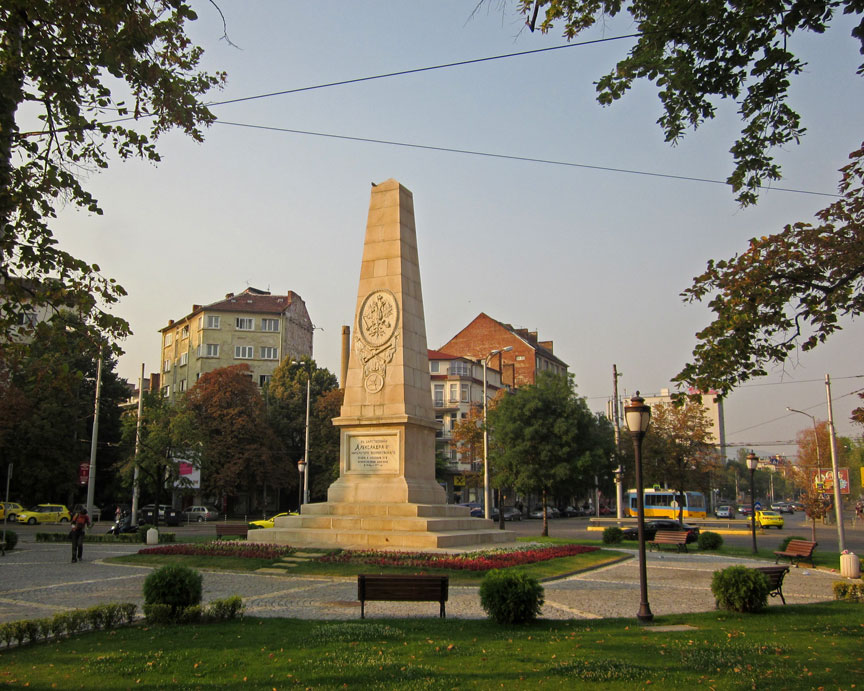
After the campaign of Władysław III of Poland in 1443 towards Sofia, the city's
Christian elite was annihilated and the city became the capital of the Ottoman
province (beylerbeylik) of Rumelia for more than 4 centuries, which encouraged
many Turks to settle there. In the 16th century, Sofia's urban layout and
appearance began to exhibit a clear Ottoman style, with many mosques, fountains
and hamams (bathhouses). During that time the town had a population of around
7,000.
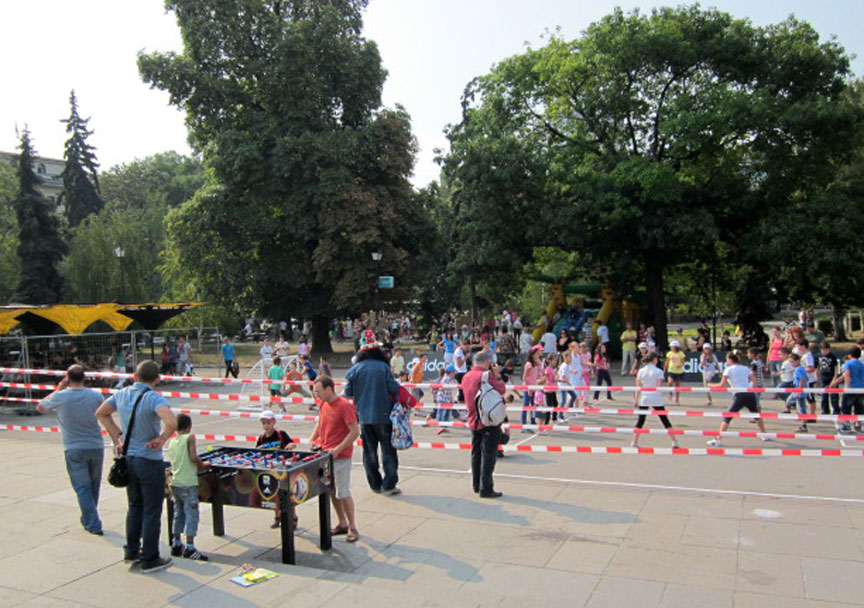
exercise in the park
The town was seized for several weeks by Bulgarian hayduts in 1599. In 1610 the Vatican established the See of Sofia for Catholics of Rumelia, which existed until 1715 when most Catholics had emigrated. In the 16th century there were 126 Jewish households, and there has been a synagogue in Sofia since 967. The town was the center of Sofya Eyalet (18261864).
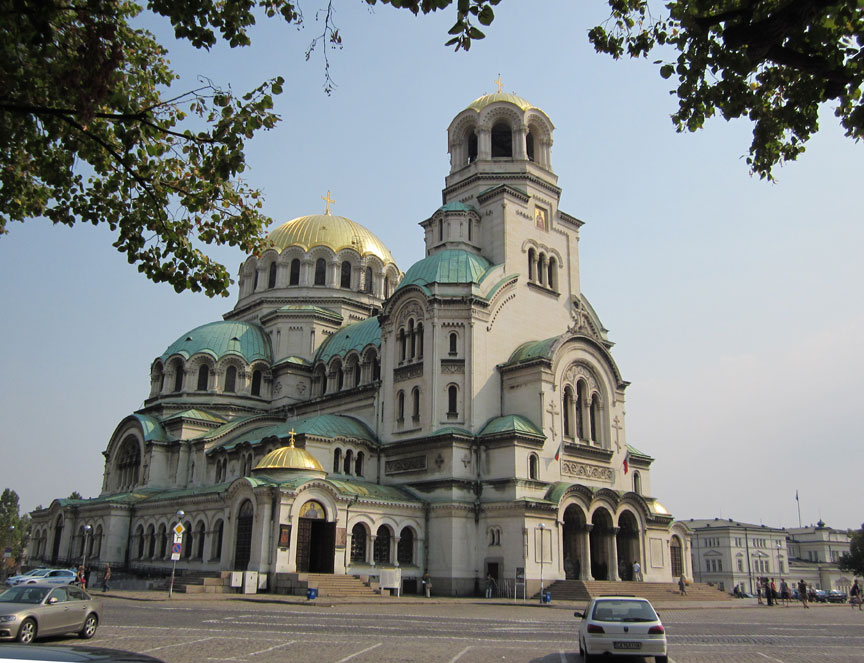
St. Alexander Nevsky Cathedral
More Photos of St. Alexander Nevsky
Cathedral
Sofia was taken by Russian forces on January 4, 1878, during the Russo-Turkish War, 187778, and became the capital of the autonomous Principality of Bulgaria in 1879, which became the Kingdom of Bulgaria in 1908. It was proposed as a capital by Marin Drinov and was accepted as such on 3 April 1879. By the time of its liberation the population of the city was 11,649. For a few decades after the liberation the city experienced large population growth mainly from other regions of the country.

Russian church
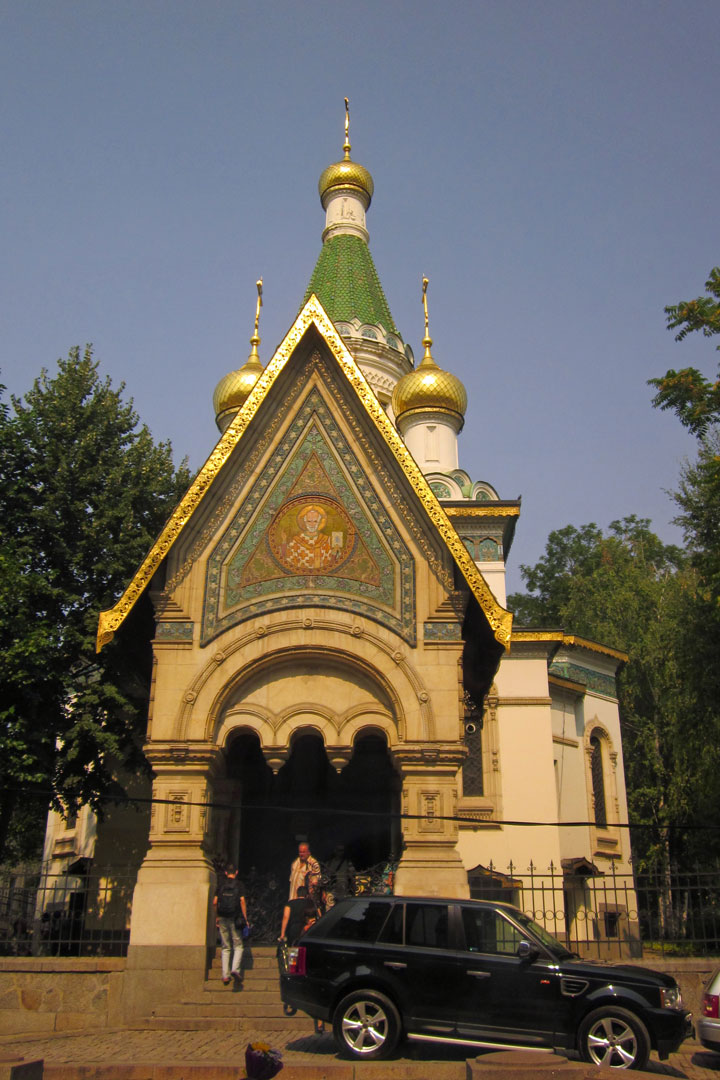
During World War II, Sofia was bombed by Allied aircraft British and USA
aircraft, in late 1943 and early 1944. As a consequence of the invasion of the
Soviet Red Army, Bulgaria's government, which was allied with Germany, was
overthrown.
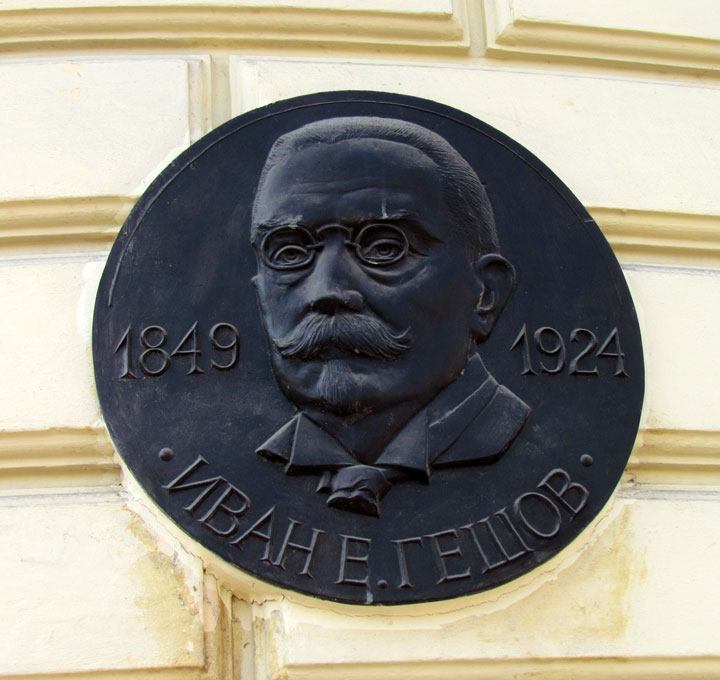
The transformations of Bulgaria into a People's Republic in 1946 and Republic of
Bulgaria marked significant changes in the city's appearance. The population of
Sofia expanded rapidly due to migration from the country. Whole new residential
areas were built in the outskirts of the city, like Druzhba, Mladost and Lyulin.
Text from Wikipedia
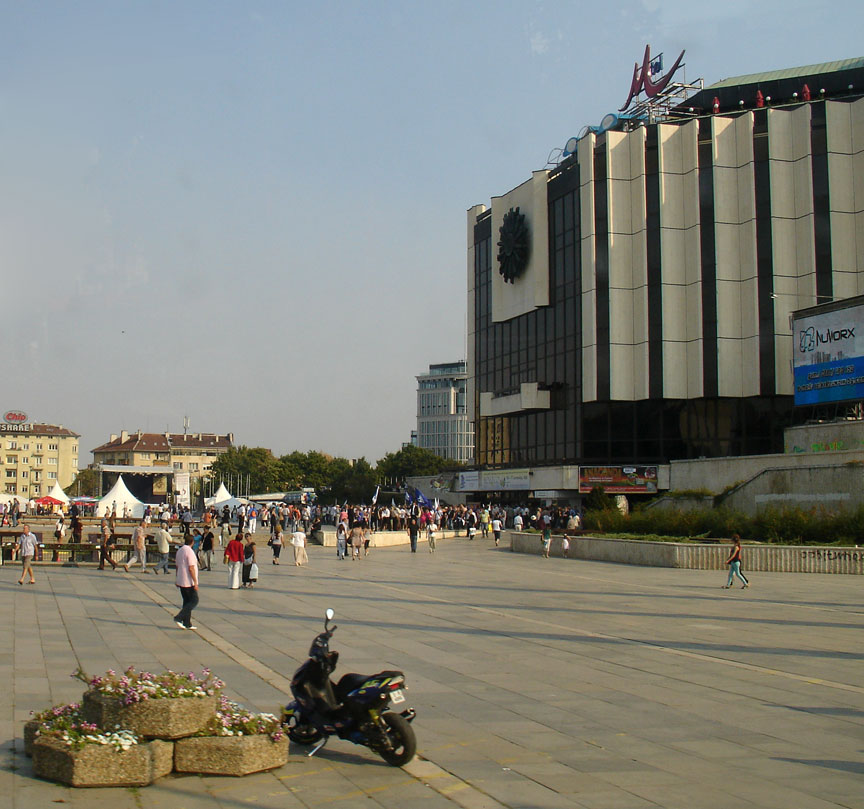
the square in front of the National Palace of Culture
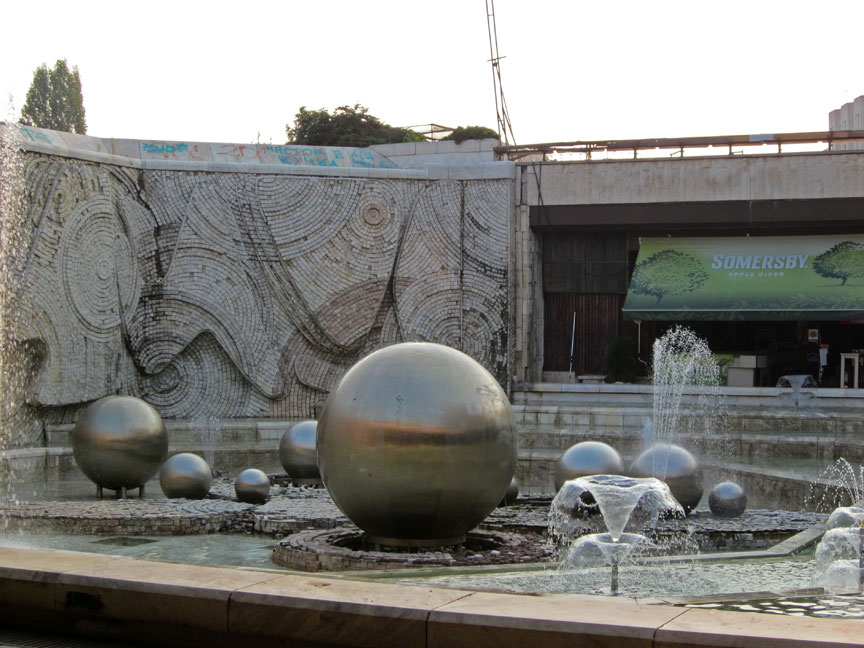
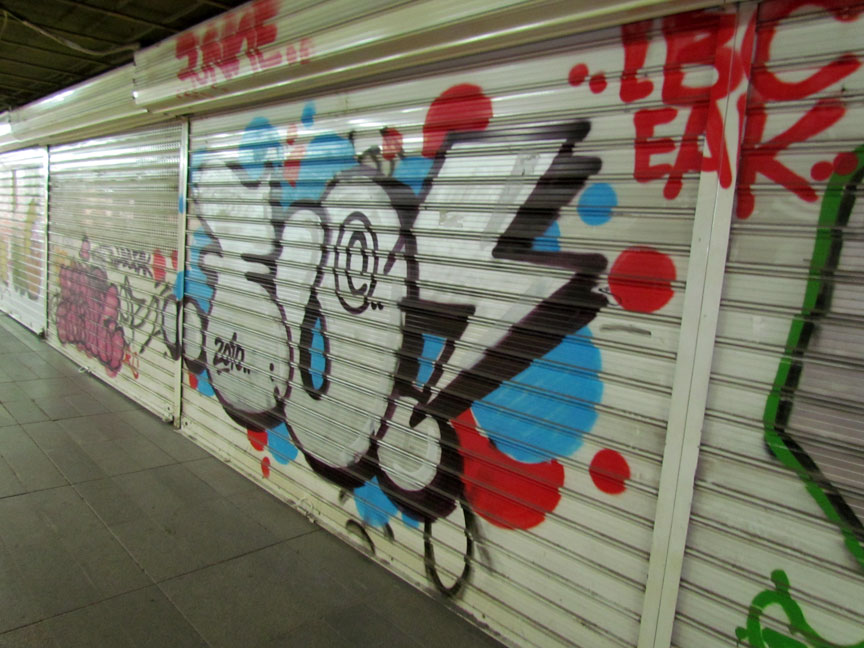
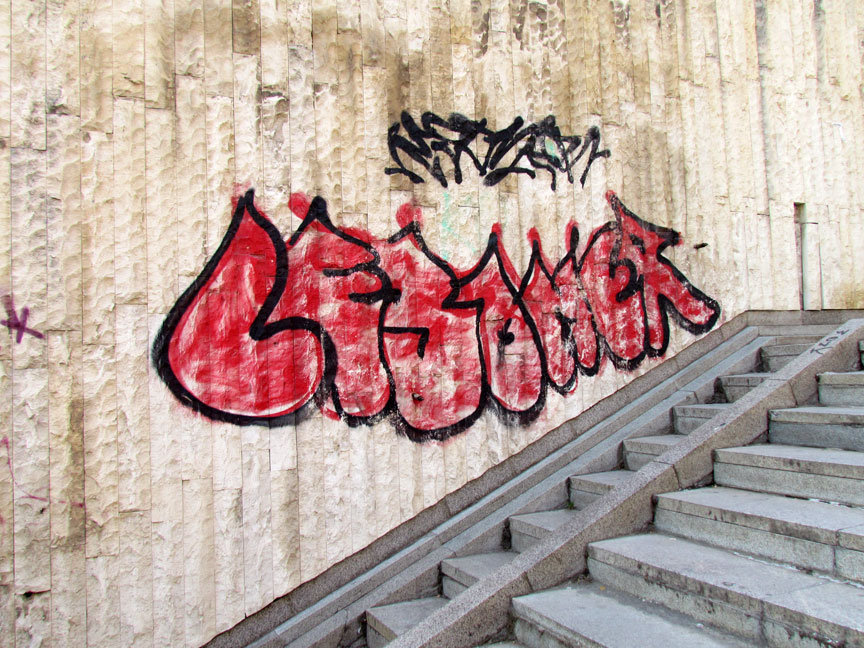
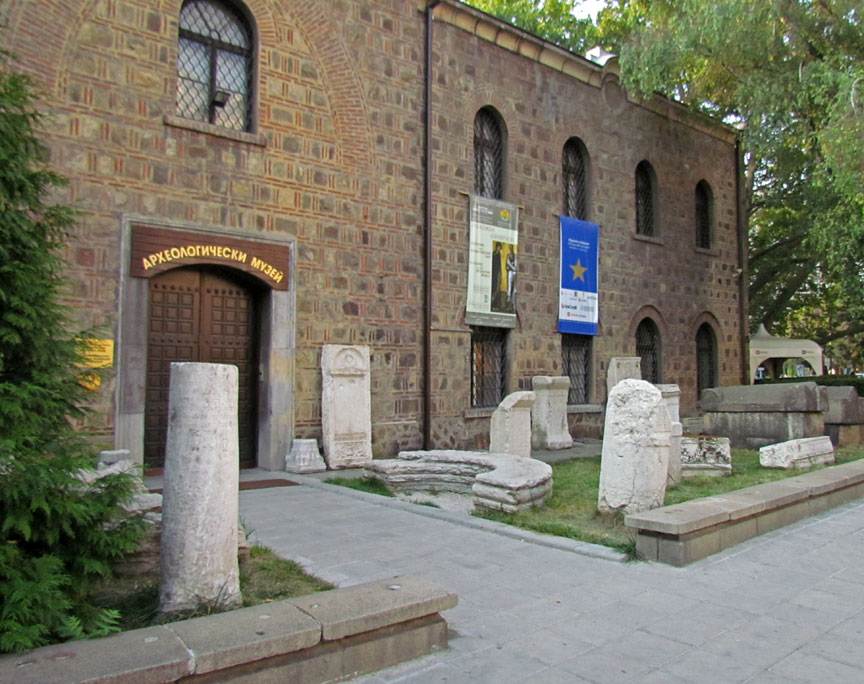
Archeological Museum
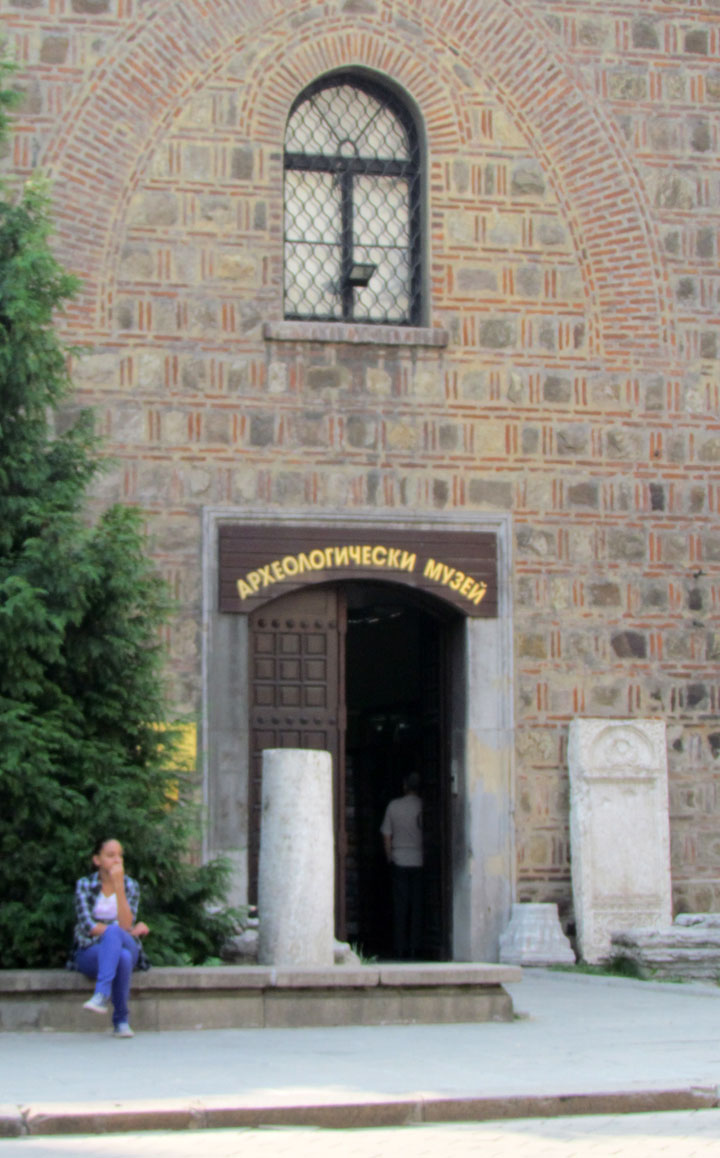

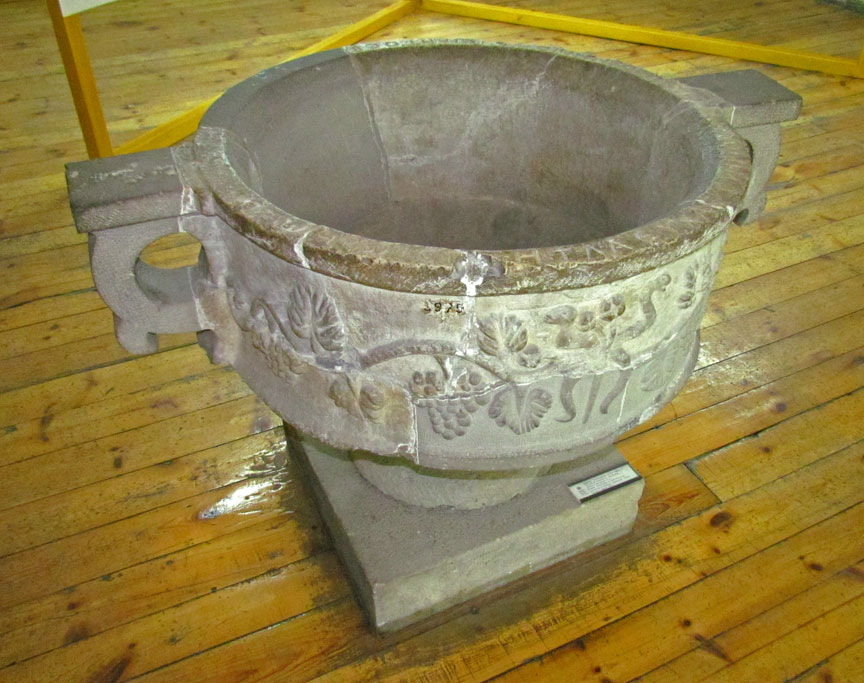
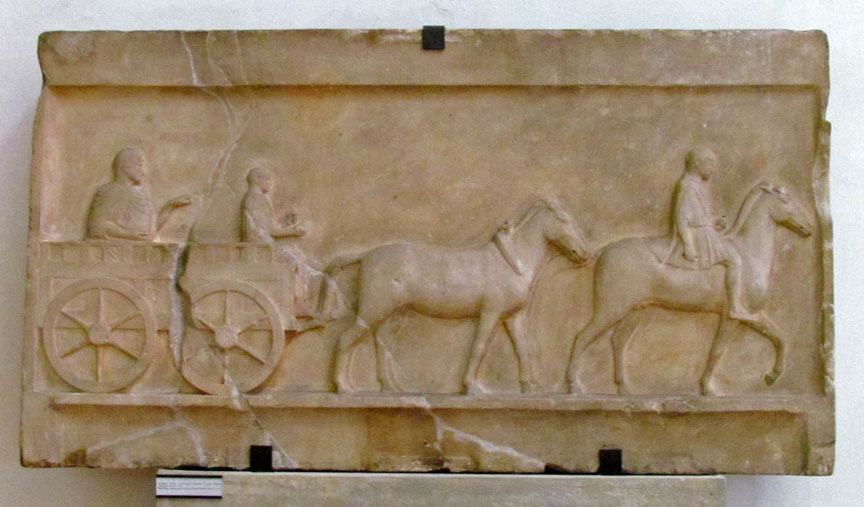
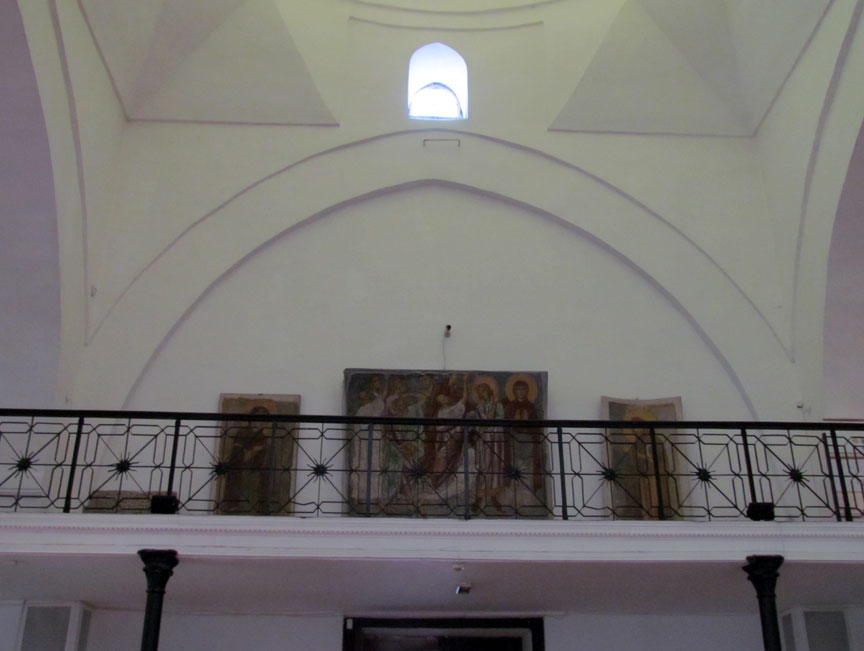

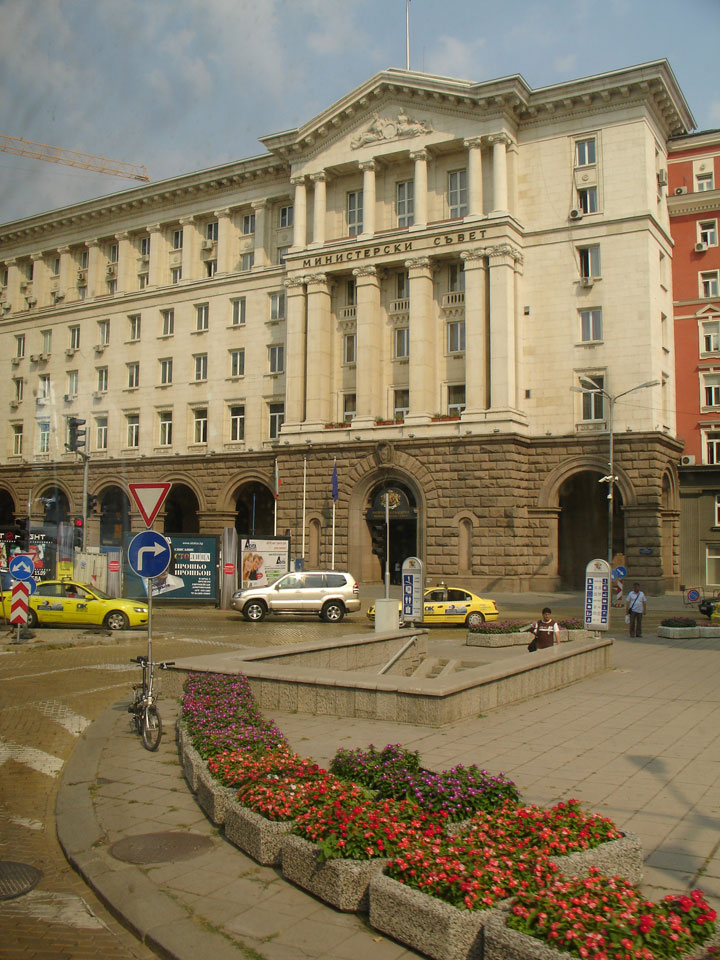

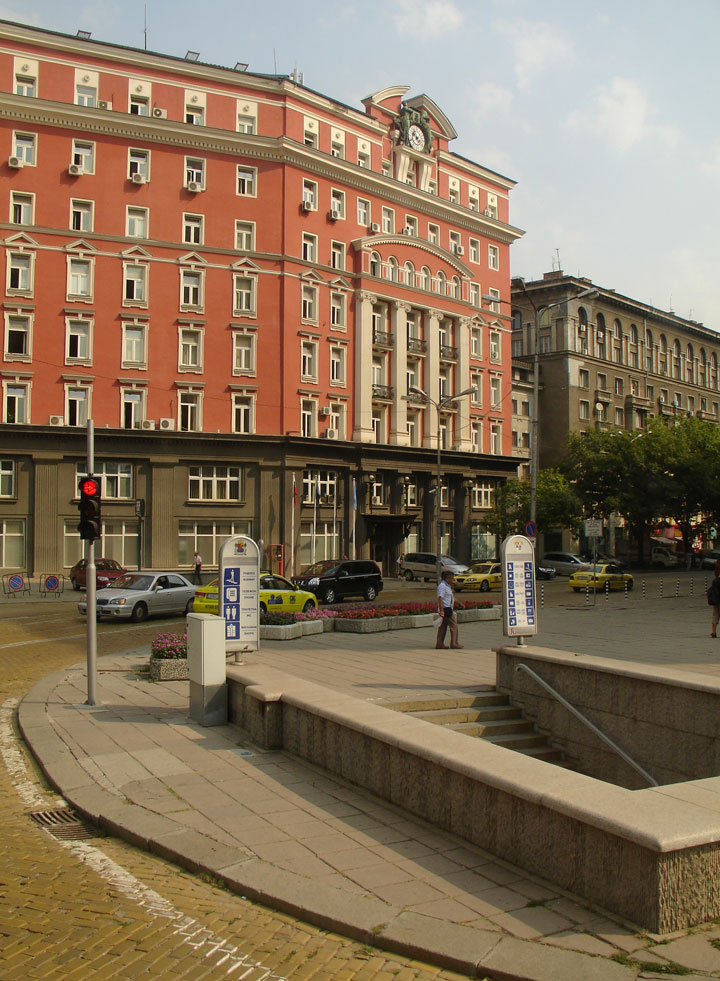
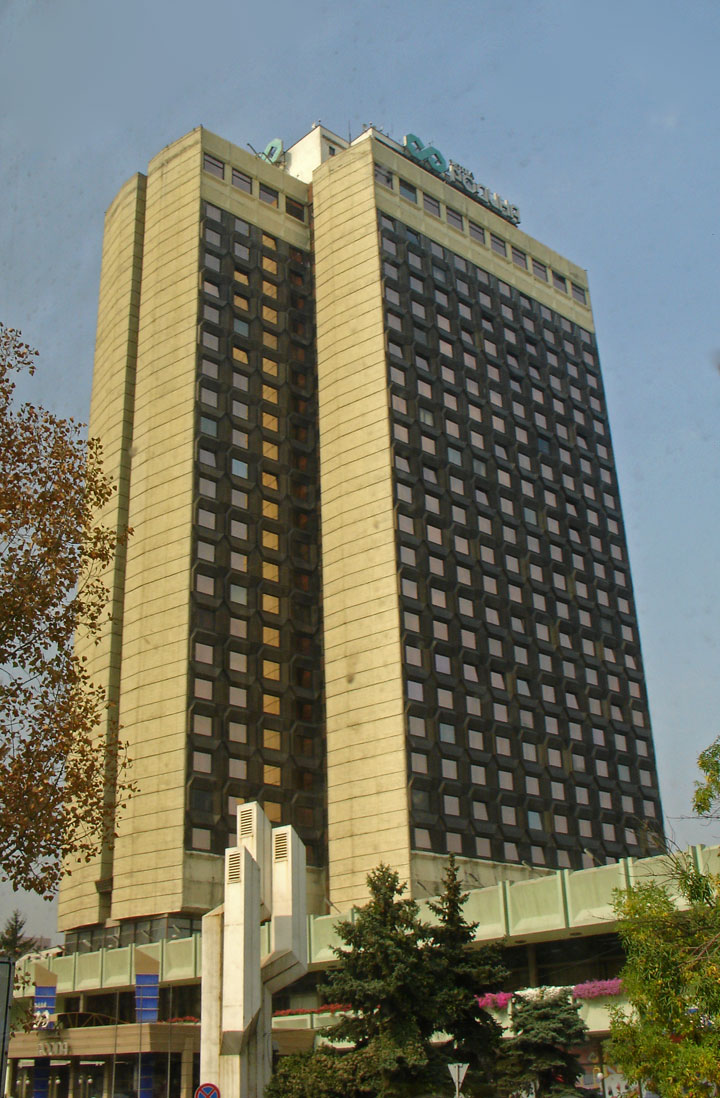

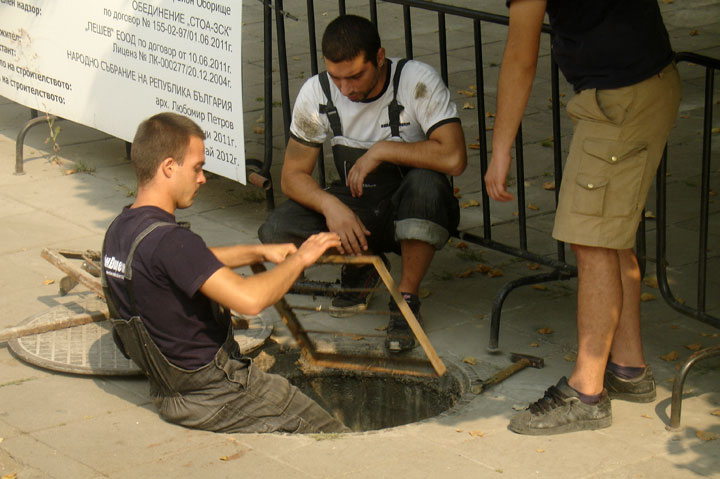
checking the underground
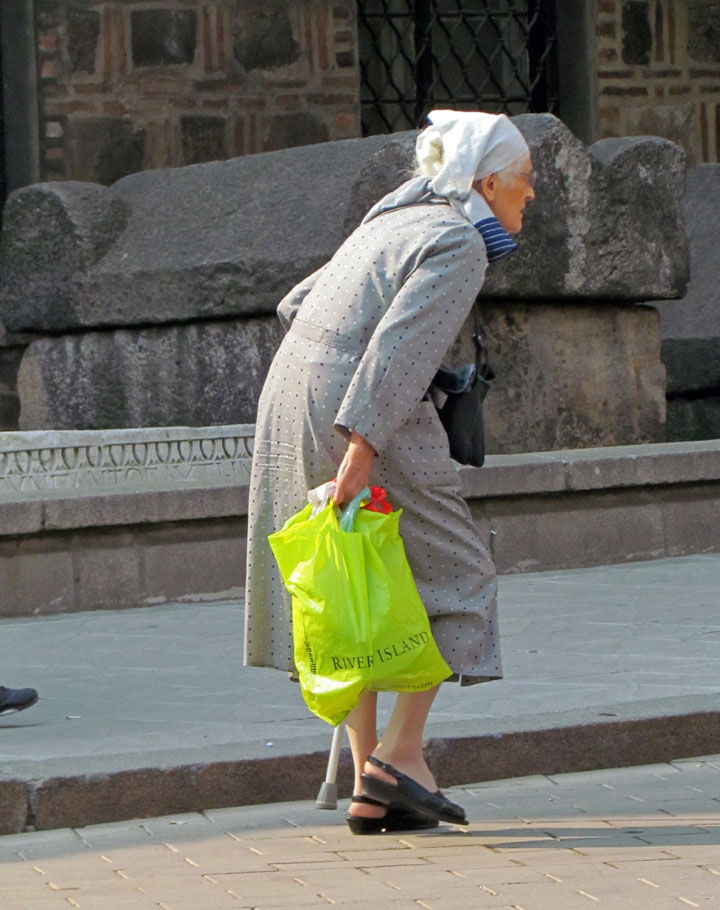
going home